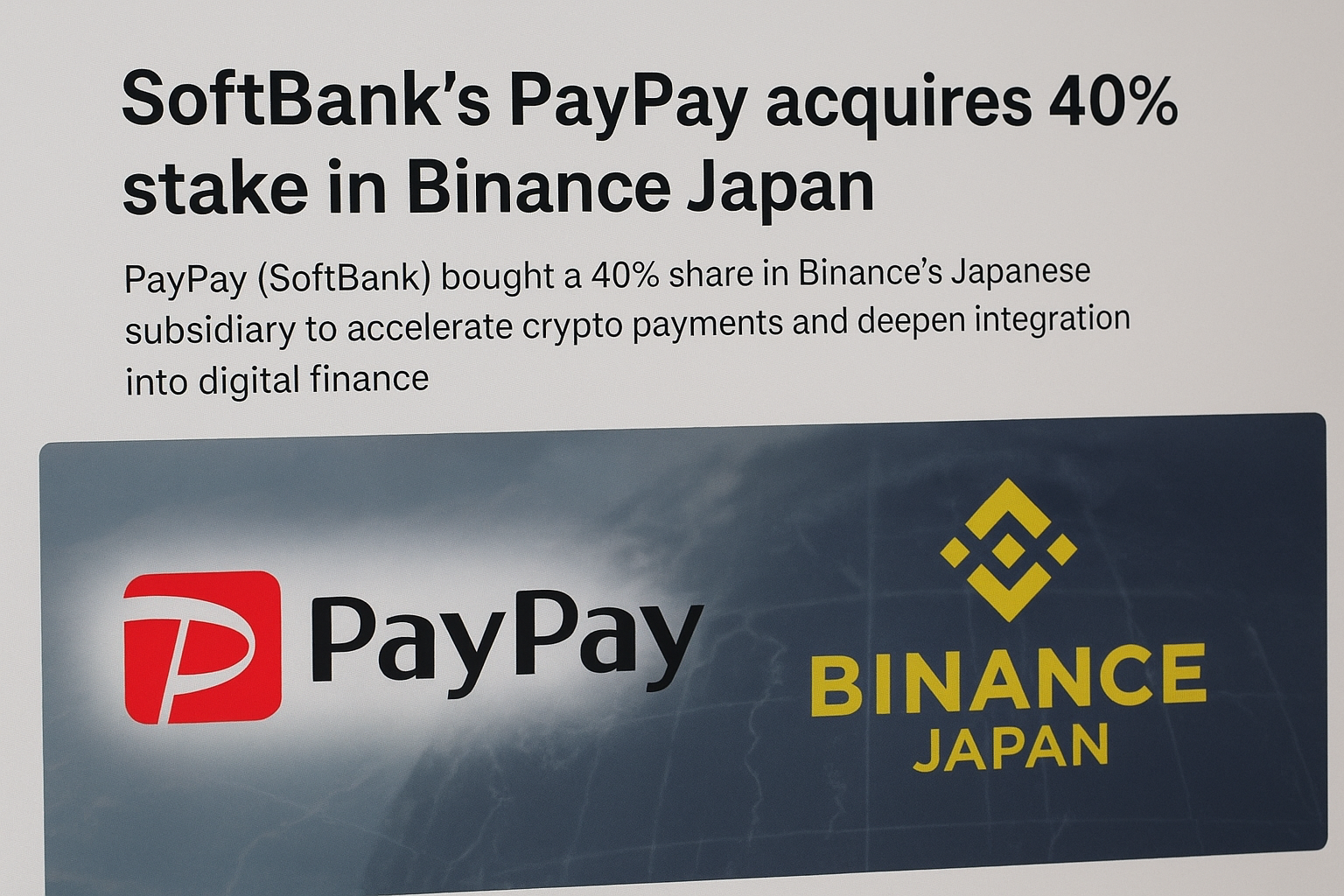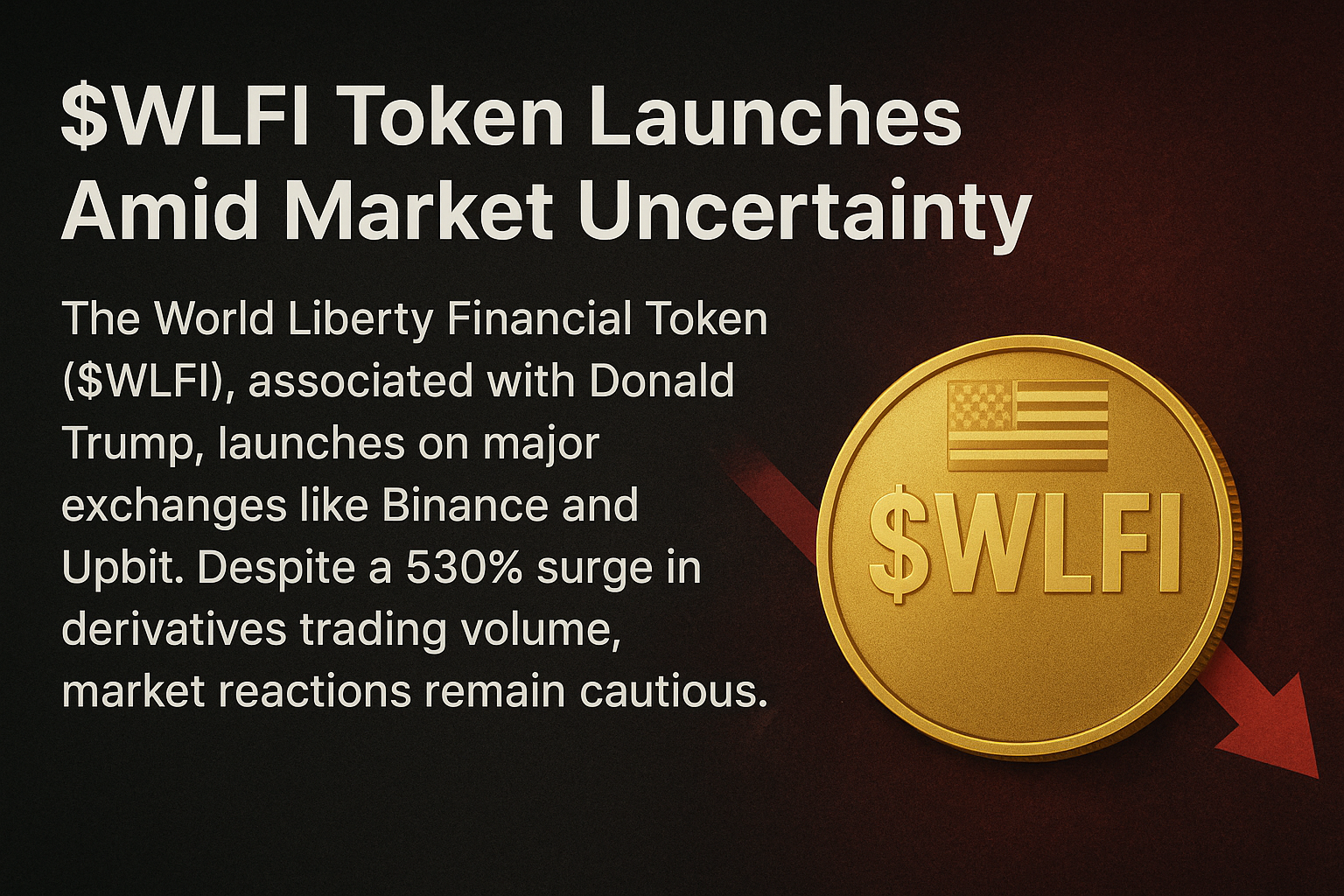In a dynamic and rapidly evolving cryptocurrency market, trading platforms constantly seek to offer their users more sophisticated tools to enhance trading efficiency and flexibility. Bitget, one of the leading cryptocurrency exchanges, has recently introduced an innovative feature aimed at doing just that: the Multi-Asset Margin Mode for USDT-M futures. This new mode is set to redefine how traders manage their portfolios, offering significant benefits in capital efficiency and flexibility.
What is Multi-Asset Margin Mode?
Bitget’s Multi-Asset Margin Mode is a groundbreaking feature that allows traders to use multiple assets in their margin accounts to trade USDT-M futures. Traditionally, traders would need to liquidate or convert their cryptocurrencies into USDT (Tether) or another stablecoin to trade futures. This process not only incurs additional transaction fees but also limits the trader’s ability to manage a diverse portfolio effectively.
With the Multi-Asset Margin Mode, traders can now use various cryptocurrencies as collateral without the need to convert them into a single currency. This feature enables users to maximize the utility of their assets, allowing them to leverage their entire portfolio without the constraints imposed by traditional margin trading.
Key Benefits of Multi-Asset Margin Mode
- Enhanced Capital Efficiency: One of the most significant advantages of the Multi-Asset Margin Mode is the ability to enhance capital efficiency. By allowing multiple assets to serve as collateral, traders can better utilize their existing assets to open positions. This approach minimizes the need for liquidation or conversion, reducing transaction costs and preserving the trader’s capital for other opportunities.
- Greater Flexibility in Portfolio Management: This new mode offers traders the flexibility to maintain a diversified portfolio while engaging in futures trading. Instead of being forced to convert assets into USDT, traders can now keep their holdings in various cryptocurrencies and still participate in margin trading. This flexibility is particularly beneficial in volatile markets, where maintaining a diverse portfolio can help mitigate risk.
- Reduced Transaction Costs: By eliminating the need to convert assets into a single currency, the Multi-Asset Margin Mode reduces transaction costs associated with conversions. This reduction in costs can make a significant difference, especially for high-frequency traders who often deal with thin margins.
- Improved Risk Management: The ability to use multiple assets as collateral also provides improved risk management options. Traders can hedge their positions more effectively by using different assets as margin, thus spreading risk across a broader range of cryptocurrencies. This diversification can be crucial in protecting against market volatility and unexpected price swings.
The Impact on the Trading Landscape
Bitget’s introduction of the Multi-Asset Margin Mode is likely to have a significant impact on the trading landscape. As the first of its kind, this feature could set a new standard for margin trading in the cryptocurrency industry. It aligns with the growing demand for more versatile and efficient trading tools, particularly as the market matures and attracts more institutional investors.
The move also reflects Bitget’s commitment to innovation and its focus on meeting the needs of its diverse user base. By providing traders with more control over their assets and the ability to optimize their trading strategies, Bitget is positioning itself as a leader in the competitive world of cryptocurrency exchanges.
Bitget’s Multi-Asset Margin Mode for USDT-M futures is a game-changer for traders looking to maximize the utility of their assets without the need for liquidation or conversion. By enhancing capital efficiency and offering greater flexibility in portfolio management, this new feature is set to revolutionize how traders approach margin trading. As the cryptocurrency market continues to evolve, innovations like this will be critical in shaping the future of trading, offering more sophisticated tools that cater to the needs of a growing and increasingly complex market.




